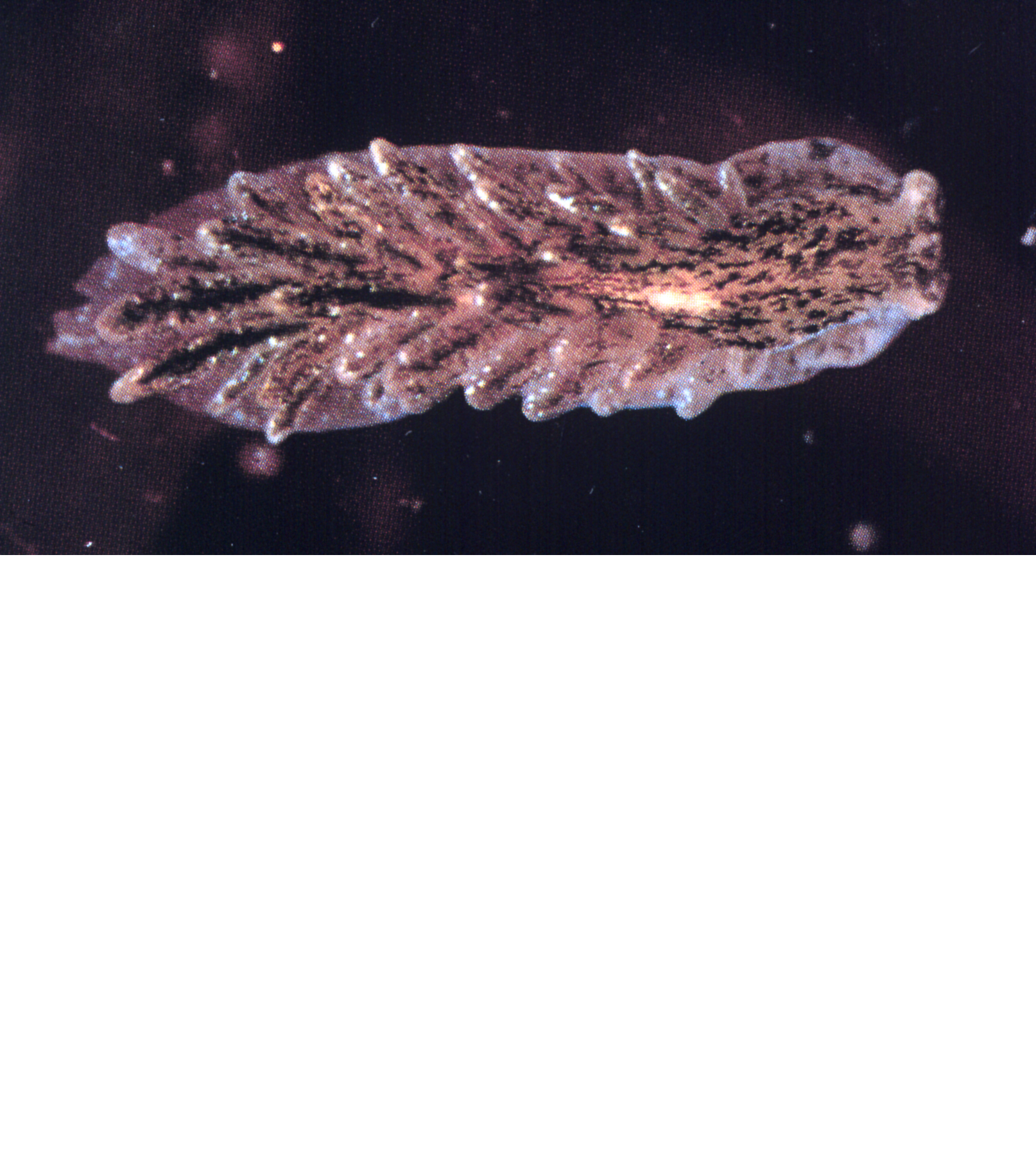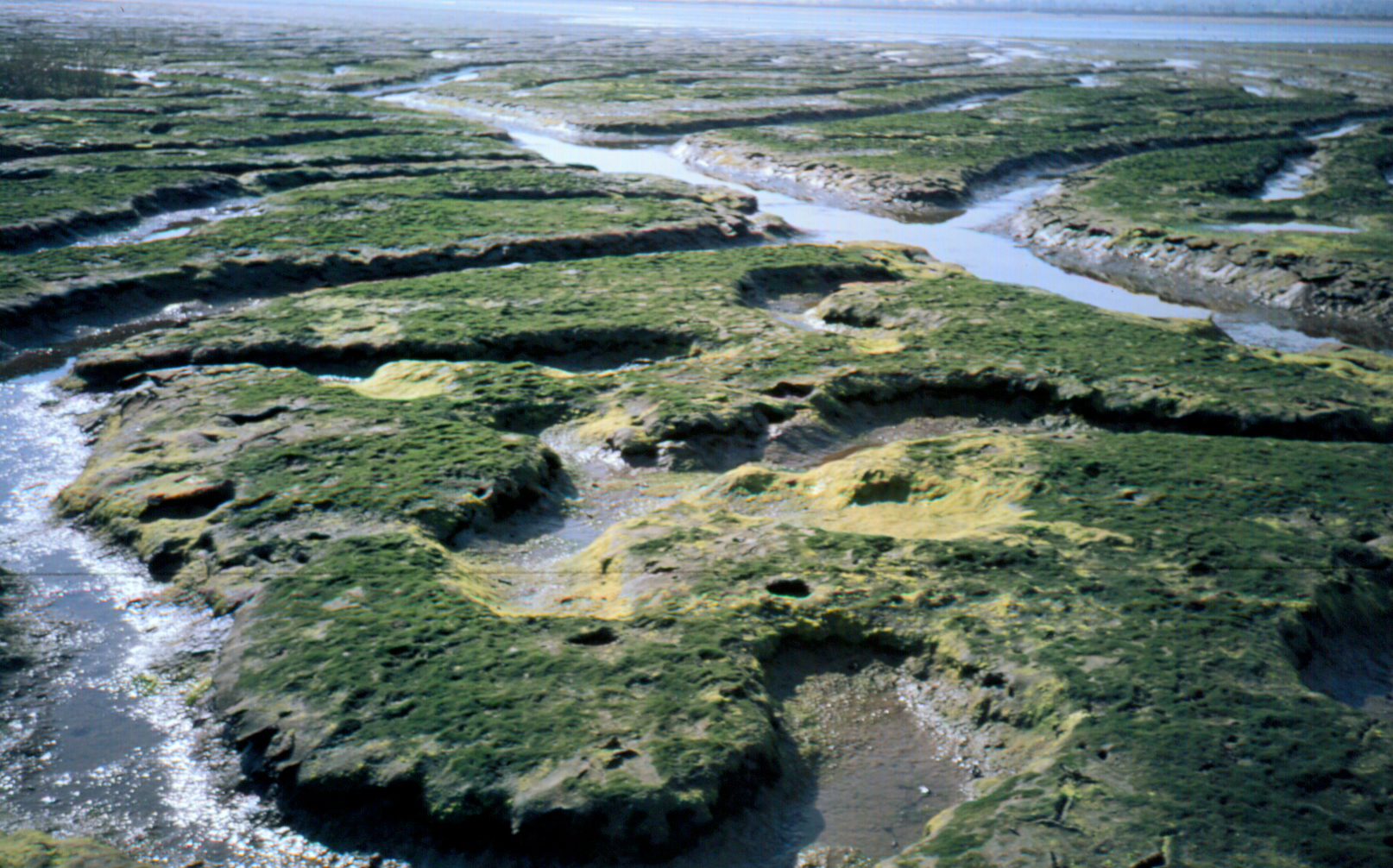

This is a sea slug. It is about 1/4 of an inch
long. Dr. Patrick Krug is a marine biologist at UCLA who makes
a living studying these creatures. He has generously donated data from
his recent study.,
(If you want to learn more about sea slugs, check the
Australian
Museum Sea Slug Forum.
You
can even view a picture of the sea slug of the week.)
Here's what Dr. Krug says about the data set:
I study a small sea slug, which eats one kind of seaweed in bays along this coast. The slugs produce thousands of microscopie larvae which swim off into the ocean. These larvae must eventually locate and settle onto a patch of the correct seaweed, before turning into little slugs and beginning their adult life. I have found that these tiny larvae can "smell" a patch of seaweed when they are passing over it in the water, by detecting chemicals that slowly leach out of the seaweed. I wanted to design an experiment to see whether the ability of larvae to detect a patch of seaweed changed over time during a high tide. During low tide, the seaweed soaks in small pools of water, which become very concentrated with the "seaweed smell." My hypothesis was that when the high tide initially covers the seaweed, the water form the pools would mix with the incoming ocean water and provide a strong signal to larvae to settle to the bottom and find the seaweed. Later on, when the smell of the seaweed has been diluted by the rising water of the high tide, larvae would be less able to detect the seaweed as they passed above it.Here are the data. Each row represents a sample of water. The first column contains the time the sample was collected (measured in minutes since the start of high tide.) The second number is the percentage of larvae that underwent metamorphosis (which is a function of their ability to detect the chemicals from the seaweed.)To test this hypothesis, I sampled water with a syringe above a patch of seaweed starting at "time 0", when the rising waters of a high tide initially covered the seaweed. I then sampled water in the same manner every 5 minutes for half an hour, as the water level rose higher and higher due to the incoming tide. I then measured the ability of larvae to detect the chemicals from the seaweed using a laboratory assay, by measuring the percentage of larvae in a given water sample that dropped to the bottom and underwent metamorphosis, turning into a little slug. I used 6 replicates for each sample of water (i.e., for each time point), and a sample of water collected far away form the patch of seaweed as a negative control. I want to statistically test whether there is significantly higher metamorphosis in the first one or two water samples I collected, when the "seaweed smell" should have been the most concentrated above the seaweed, compared with subsequent time points, when the smell should have been diluted by the riding tide.
WARNING: Data are the property of Patrick Krug and cannot be used without his permission. Contact pkrug@protos.lifesci.ucla.edu.
Here's where the samples were collected and a picture of the larvae and eggs:

![]()